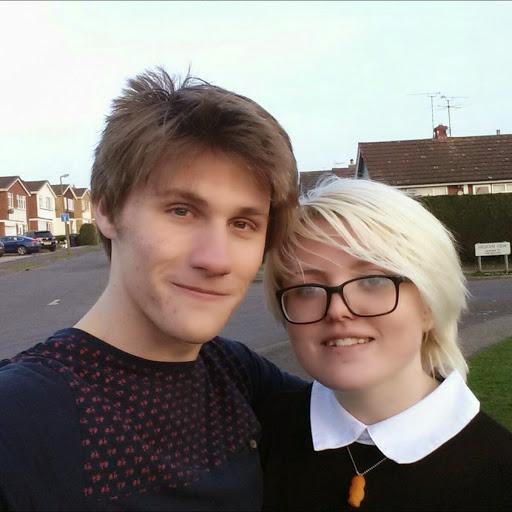Hello, I faced with problem, that I don`t yet understand how to correctly parse data from library_controllers from COLLADA file and bind it to geometry info.
Could someone explain me some points on simple example with animated mesh? (Unfortunately I cannot upload here my file for some reason)
Note: for parsing I use autogenerated classes from xsd file for 1.4.1 version.
I have the following questions:
- which datatype I must create to correctly handle parsed info? I mean which struct must be for contatining bones info, weights and other
- help me understand <vertex_weights>
in <vertex_weights> there are at least 2 inputs - Joint and weight. Its OK. but what I must do with <vcount> and <v>?
What does they mean?
I have already successfully parsed geometry data from COLLADA, but here I feel myself as noob because have no idea how to correctly handle parsed info including matrices from <library_visual_scenes> for animated mesh.
Till now I worked only with static meshes.




